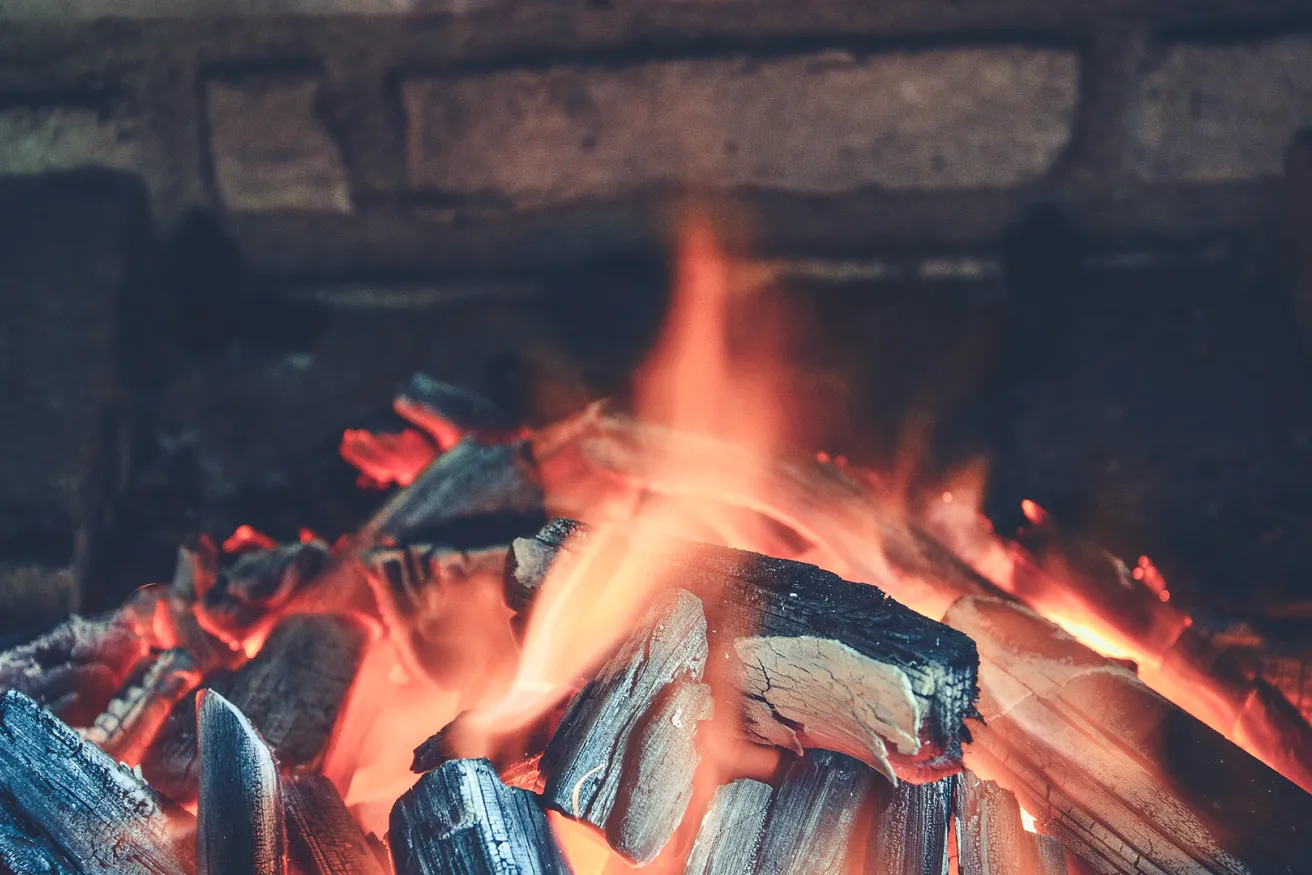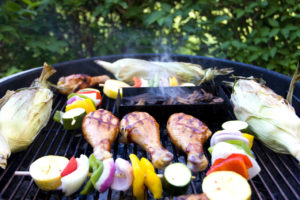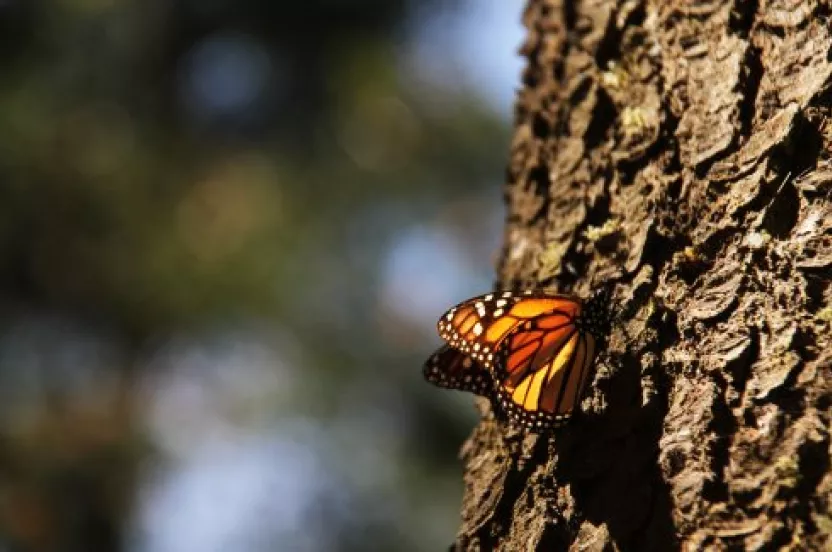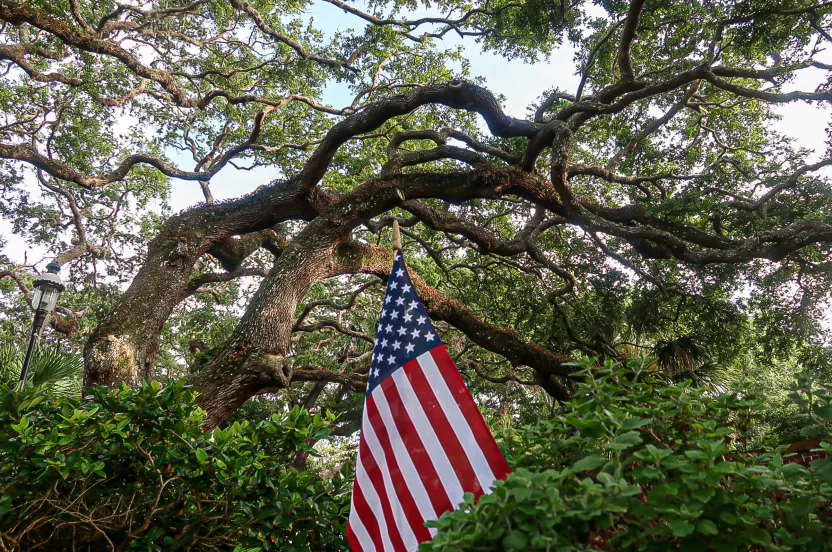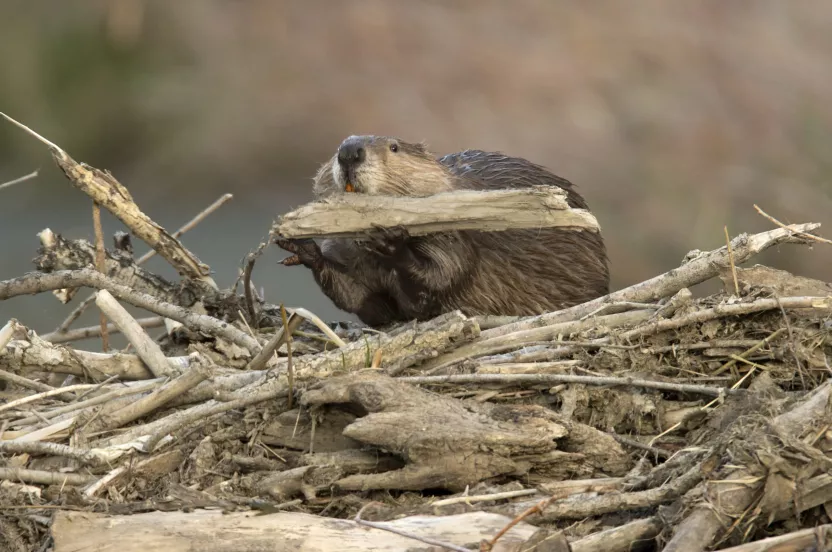Now live: The 2025 Canopy Report. Learn how Americans see trees. GET THE REPORT
Did you know May is National BBQ Month? In honor of it we’re sharing the inside scoop on smoke woods!
I’m often asked, “What is the best wood to use when smoking which product?”
I like to think of woods like fine wines. Heavier woods are better for heavier meats like beef and lamb. And lighter woods are better for lighter foods like vegetables, fish, and starches. If only it were that simple…there’s a bit more that goes into this thought, though.
What to Avoid
Softer woods like pine and cedar shouldn’t be used for smoking. Too much resin comes off of it when burned that can ruin not only your meat but also your smoker or grill. Avoid them at all costs.
Smoking Woods 101
Hickory and mesquite are the most popular choices because of their sultry flavor and results. While hickory is a great choice to smoke a side of salmon, diversifying your woods is what sets you apart.
Let’s talk alder wood. It smokes at a lower temperature than hickory. When smoking with hickory, a smoker needs to reach higher temperatures. But at higher temperatures you run the risk of overcooking or drying out your salmon. Alder wood however, smokes at lower temperatures and is better for something like a side of salmon. It also adds a nice touch of flavor to your food.
Fruit- and nut-bearing woods are best for lighter foods because they are sweeter and their flavors complement food well. Apple wood works great for pork, or you could use peach wood to smoke a pork loin with your next side of bacon. Try pairing a peach wood-smoked pork loin with a peach and smoked pecan chutney for an unforgettable dish.
Smoking vegetables with fruit or nut woods is a great way to add flavor without the fat. I really like to smoke baby Yukon Gold potatoes tossed in olive oil, salt, and pepper using cherry wood. Simple and delicious. I use apple wood with tomatoes, garlic, and shallots and puree them into a flavorful base that can be used with black eyed peas, spins on marinara, or even soups.
Heavier meats like brisket, sausages, or ribs require a hardy wood to match the flavor of the product. Consider woods like oak—if you can find oak barrel chips used for whiskey making, get your hands on them—maple, hickory, and mesquite to smoke heavier meats. Each wood has distinct characteristics that can easily be interchanged based on preference.
One of the benefits of smoking is the layer of flavors it adds to the dish. For example, pork is a good “cross-over meat.” It can be smoked with hickory and taste amazing as a result of the higher smoke temperature; similarly, layering in subtle flavors of peach wood, cherry wood, or even pecan wood in addition to hickory creates a richer flavor.
My choice of wood when smoking pork butt is to use 70% cherry or apple wood and 30% hickory. Although hickory offers the familiar flavor most have come to know and love from smoked foods, mixing in a fruit wood adds a sweet and fruity undertone to your dish. This same ratio will work with poultry as well.
Mesquite is typically the best wood for grilling because it absorbs flavor fast, and burns fast and hot, making it ideal for the grill. Oak, hickory, and maple woods all burn hot and slow because they are denser and harder woods.
What about Soaking?
Many people claim that soaking wood leads to it burning slower and longer. Others argue to use it dry. My thoughts on this are simple. If you want to keep moisture in the food, soak them. If you want to keep it dry, don’t.
Soaking enhances steam once it starts to burn, and while it will prolong your burn, it will also take longer to smoke your wood. When it comes to foods like potatoes or chicken, I prefer not to soak my woodchips because I’m looking for a drier, somewhat crispy smoked skin. On the other hand, while smoking something like brisket or a shoulder, although I want a nice crispy, bark, I’m more interested in maintaining moisture within the meat.
Enjoy National BBQ month by trying the recipe below, and let us know what you think!
Smoked Pork Loin with Peach and Smoked Pecan Chutney
3 lbs pork loin
1 cup salt
1 cup sugar
8 cups water
Mix salt, sugar, and water until dissolved and place in a container deep enough to hold pork and brine.
Place pork in brine. Allow to brine for 6–8 hours. Heat smoker to 225 degrees and soak 70% peach wood (or cherry wood) and 30% hickory 30 minutes prior to smoking.
It will take approximately three hours to smoke the 3-lb pork loin. Estimate one cup of chips every 45 minutes. You will need roughly four cups of chips total for the pork.
Pull pork out of the brine and pat dry before smoking. Put pork in the smoker with the vent half closed. While you want the smoke to circulate the food, venting it will ensure that the wood burns well enough to smoke. Closing the vent doesn’t allow enough oxygen to burn the wood.
Smoke, adding a handful of chips every 45 minutes, until the pork has an internal temperature of 155 degrees. Check it after three hours to get a sense of timing; it should be nearly cooked.
After it hits 155, allow it to rest 20 minutes to level out the temperature. While it may be tempting, you don’t want all that moisture you’ve worked so hard on achieving to flow out onto the cutting board because you were impatient.
Peach Chutney:
4–5 fresh peaches
1 red pepper
1 jalapeno pepper de-seeded
1 tsp crushed red pepper
1 small red onion
½ cup pecans
½ cup brown sugar
Salt and pepper to taste
Sliced green onions
First smoke the pecans. Don’t soak wood if you want pecans to be toasted. Use pecan wood for utmost pecan flavor. Lay pecans out on a mesh mat—you can find these for smoking vegetables and other small items at a very reasonable price—and smoke at 200 degrees for 15–20 minutes. The smoke will be subtle but enough to add a layer of flavor that will enhance the chutney, which will enhance the pork.
Peel the peaches and dice into ½-inch pieces. Dice red pepper, jalapeno, and onion into smaller pieces. Add oil to a pot and add your onions. Sauté onions until they are translucent, then add red pepper, crushed red pepper, jalapeno, and peaches. Cook over medium heat until peaches start to break down, approximately five minutes.
Next, add brown sugar, salt, and pepper. Cook until the chutney is thick and sweet. Add smoked pecans to chutney right before removing from heat. Wait until the end to add pecans so they don’t overpower the chutney with smoke, and to preserve nuttiness of the pecans to the chutney. Add green onion before serving.
